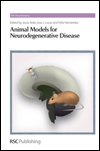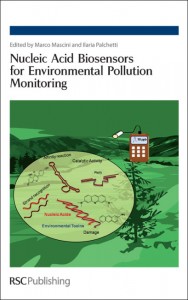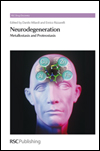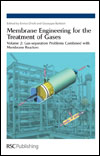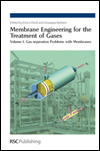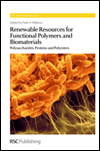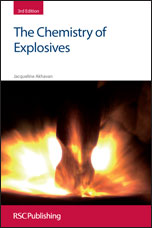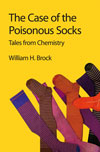 Written by a respected science historian and established author, William Brock, this collection of essays touches on all aspects of chemistry. It contains 43 tales about chemists and their discoveries from the nineteenth and twentieth centuries. The title is taken from the lead chapter which describes how respected chemist, William Crookes, solved a mystery from the 1860s of how brilliantly coloured socks were causing the feet of unfortunate wearers to swell. Other topics covered include: the quirky beliefs of American philanthropist, James Dewar; the development of the chemical laboratory since the 1830s, and the career of C.P. Snow before he became a novelist. Light in style, and presented as a series of unconnected vignettes, the book will interest chemists, teachers, historians and lay people with an interest in science.
Written by a respected science historian and established author, William Brock, this collection of essays touches on all aspects of chemistry. It contains 43 tales about chemists and their discoveries from the nineteenth and twentieth centuries. The title is taken from the lead chapter which describes how respected chemist, William Crookes, solved a mystery from the 1860s of how brilliantly coloured socks were causing the feet of unfortunate wearers to swell. Other topics covered include: the quirky beliefs of American philanthropist, James Dewar; the development of the chemical laboratory since the 1830s, and the career of C.P. Snow before he became a novelist. Light in style, and presented as a series of unconnected vignettes, the book will interest chemists, teachers, historians and lay people with an interest in science.
See more information at http://www.rsc.org/shop/books/2011/9781849733243.asp











